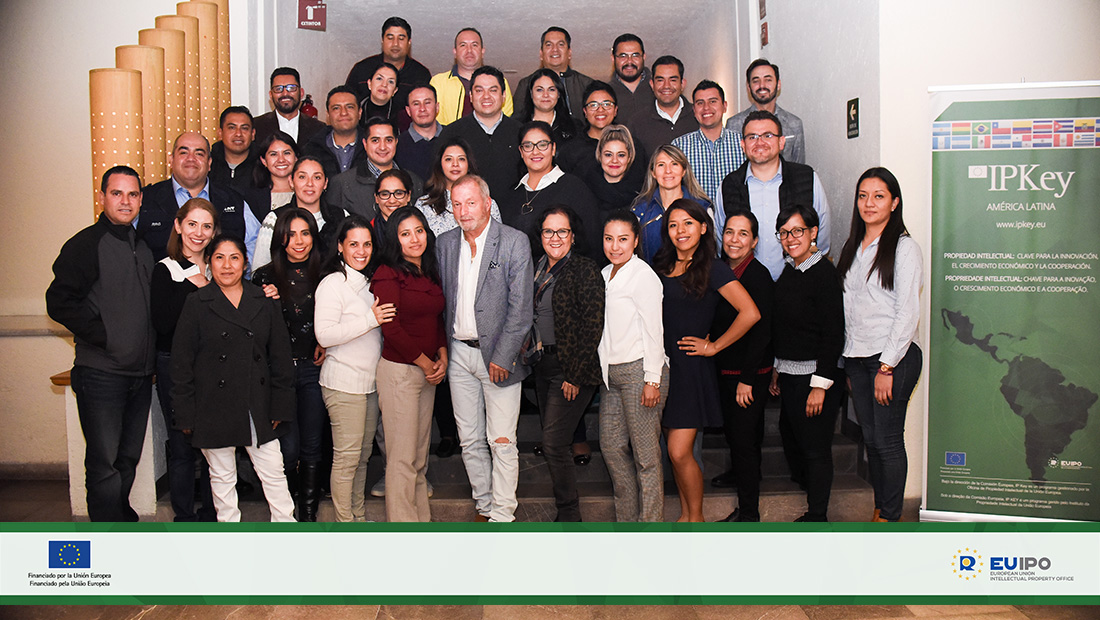IP Key LA introduced the first IP Enforcement Week in Mexico
IP Key LA, the Mexican Institute of Industrial Property (IMPI), the Council of the Federal Judiciary, the General Administration of Customs and the Delegation of the European Union to Mexico co-organized, three events to promote the exchange of experiences, trends and best practices in the application of IP regulations, with emphasis on piracy and counterfeiting. The IP Enforcement Week took place during the week of November 12 to 16 in Mexico City.
The Regional Seminar for Latin American Judges on Enforcement of Intellectual Property Rights (IPR) brought together judges, magistrates and administrative authorities with jurisdiction over IPR enforcement throughout Latin America. They discussed the regulatory framework in the field and shared procedural experiences in relation to the application, exercise, protection and enforcement of IPRs, as well as delving into relevant cases at the regional level.
The Enforcement Summit, open to both public and private audience, served for international and regional panelists to discuss the importance of the enforcement of IPR, the economic impact of piracy and counterfeiting, the enforcement of copyright in the digital environment and internet piracy. In addition, relevant cases were discussed regarding administrative, civil and criminal actions and procedures.
Finally, at the Regional Seminar on Border Enforcement on IPR for border officials from Central America and Mexico, the world trends in piracy and detection were addressed. A European expert with extensive experience both theoretical and in the field conducted an interactive training session of custom officials focussed on conveying technical skills and practical knowledge designed to emphasise forensic and risk analysis methods for detecting shipments containing IPR violations, i.e., covering techniques to increase criminal deterrence at the border . In addition, a trademark fair was held during which IPR holders presented techniques to visually differentiate fraudulent products from the originals.
